
Pitti Palace in Florence: discover the Renaissance jewel of the Medici family
Pitti Palace in Florence: the tickets most chosen by travelers
Pitti Palace: from Medici residence to treasure chest of art and culture
Pitti Palace, located in the Florentine Oltrarno, is a majestic Renaissance palace that dominates Florence's cultural scene. Originally built in 1458 for the banker Luca Pitti, the building was later purchased by the Medici family in 1549, becoming the main residence of the grand dukes of Tuscany. Over the centuries, the palace has been home to several dynasties, including the Lorraine and Savoy families, enriching itself with art collections and architectural extensions.
Today, the Pitti Palace is a major museum hub that houses five different museums: the Palatine Gallery, with works by Raphael and Titian; the Imperial and Royal Apartments, which offer a glimpse into court life; the Gallery of Modern Art, with masterpieces from the 19th and 20th centuries; the Treasury of the Grand Dukes, which holds precious artifacts; and the Museum of Fashion and Costume, dedicated to the evolution of style over time.
Behind the palace are the magnificent Boboli Gardens, an extraordinary example of an Italian garden, embellished with statues, fountains and grottos. The recent reopening of the Vasari Corridor, an elevated passageway that connects the Pitti Palace to the Uffizi via the Ponte Vecchio, offers visitors a unique journey through Florentine history and art.
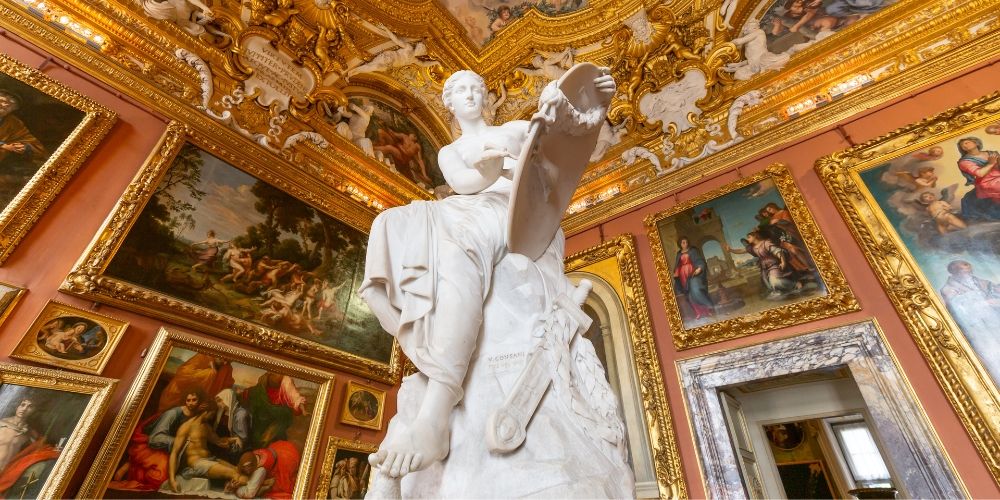
Discover all other experiences
Useful information for visiting the Pitti Palace in Florence
Palazzo Pitti, located at Piazza de' Pitti 1, is a must-see for anyone visiting Florence. Here is some practical information to better organize your visit:
Opening hours
- Tuesday through Sunday: 8:15 AM to 6:30 PM
- Weekly closing: Monday
- Last admission: at 5:30 PM
Accessibility
Pitti Palace is accessible to people with disabilities. Elevators are available to access the various floors of the palace. For visitors with reduced mobility, free wheelchairs can be requested.
Additional services
- Checkroom: service available for depositing bags and bulky objects.
- Cafe: present inside the palace for a break during the visit.
Pitti Palace in Florence: tips for your visit
How to get to the Pitti Palace in Florence
Pitti Palace is located at Piazza de' Pitti 1, in the heart of Florence, on the left bank of the Arno River. Here's how to get there:
On foot
From Santa Maria Novella Station, a pleasant walk of about 20 minutes will take you to the palace. Proceed toward the historic center, cross the famous Ponte Vecchio and continue along Via de' Guicciardini to Piazza de' Pitti.
By bus
You can take the C4 bus line from the station and get off at the “Pitti” stop, right in front of the palace. Alternatively, line 11 will take you to the “Piazza San Felice” stop, a short walk from the entrance.
By tram
The nearest tram stop is “Unità,” served by the T2 line. From there, a short walk will take you to the Pitti Palace.
By car
If you arrive by car, remember that the center of Florence is subject to limited traffic zones (ZTL). It is advisable to park in one of the authorized garages nearby, such as the “Garage Lungarno” in Borgo San Jacopo or the “Garage Ponte Vecchio” in Via de' Bardi. These parking garages have agreements that allow access to the ZTL without incurring penalties.
By taxi
From the railway station or other parts of the city, taxis are a convenient and quick option to reach the Pitti Palace, with an approximate cost of between 8 and 13 euros.
Before visiting, it is always a good idea to check public transport timetables and any traffic restrictions, especially during holidays or special events.
The best experiences in Florence
Best attractions around Pitti Palace in Florence
all entrance tickets for the most popular Italian attractions
Florence top 10: complete tour of the best things to do and see in Florence
Florence is a unique city that needs no introduction. Every corner hides a surprise, every view looks like a postcard, but if you don't have much time or don't know how to choose what to do and what to see, here is a top 10 of the truly unmissable attractions of Florence, arranged according to an ideal itinerary to be followed on foot or by bike.
Read more
Frequently asked questions about the Pitti Palace in Florence
Why is the Pitti Palace famous?
The Pitti Palace is famous for having been the main residence of the Grand Dukes of Tuscany, first of the Medici family and later of the Hapsburg-Lorraine. Today it houses important museums, including the Palatine Gallery, the Gallery of Modern Art, and the Museum of Fashion and Costume. The palace is also known for its secret passages, such as the Vasari Corridor, which connects Palazzo Vecchio to the Uffizi and the Pitti Palace.
How long does a visit to the Pitti Palace and Boboli Gardens take?
A visit to the Pitti Palace generally takes about 2 hours, while exploring both the palace and the Boboli Gardens takes about 3 hours.
How many halls are there in the Pitti Palace?
The Pitti Palace houses numerous rooms distributed among its main museums:
- Palatine Gallery: includes several richly decorated rooms, including six main ones that make up the palace's facade.
- Royal Apartments: 14 rooms on the second floor, recently restored and reopened to the public.
- Treasury of the Grand Dukes: an exhibition of 27 rooms spread over two floors, established in the second half of the 19th century.
- Gallery of Modern Art: located on the second floor, it houses numerous rooms with works from Neoclassicism to the 1930s.
In total, the building boasts dozens of rooms open to the public, each with unique features and collections.
Who were the Pitti family in Florence?
The Picts were a prominent Florentine patrician family during the Republic of Florence. In the 15th century, under Luca Pitti, they reached the height of their political and economic influence. Luca Pitti, a banker and patron, commissioned the construction of the majestic Pitti Palace, a symbol of their power. However, with the rise of the Medici, historical rivals of the Pitti, the family began a decline that led to the sale of the palace to the Medici themselves in 1549.
Who designed the Pitti Palace in Florence?
The design of the Pitti Palace is traditionally attributed to Filippo Brunelleschi, although there is no definitive documentary evidence to support this attribution. Some scholars suggest that the architect may have been Luca Fancelli, a pupil of Brunelleschi, or another collaborator. Construction of the palace began in 1458 at the behest of Florentine banker Luca Pitti, who was eager to create a residence to rival those of the Medici.
Suggested experiences for visiting the Pitti Palace in Florence
Visiting the Pitti Palace means immersing yourself in the history and art of the Florentine Renaissance, and the best way to do so is through exclusive experiences that allow you to discover every detail of this extraordinary residence.
If you want to avoid long waits, you can opt for a reserved entrance ticket to the Pitti Palace and Palatine Gallery, allowing you to admire masterpieces by Raphael, Titian, and Rubens without wasting time. For those who want a more complete experience, the combined ticket with access to the Boboli and Bardini Gardens also allows you to explore the enchanting Italian gardens, a peaceful oasis in the heart of Florence.
For art lovers, the combined 5-day pass for the Uffizi, Pitti Palace and Boboli Gardens is the perfect choice for an in-depth journey through Florence's treasures. If you prefer a more immersive experience, you can choose a guided tour, which will take you through the wonders of the Pitti Palace, from the Palatine Gallery to the Royal Apartments, with fascinating tales about the Medici family and the secrets of this grandiose residence.
Finally, for a worry-free experience, the Pitti Palace and Boboli Gardens pass grants you priority access to both attractions, allowing you to explore freely and at your own pace. Whatever your choice, visiting the Pitti Palace is an unforgettable journey through art, history, and timeless beauty.
What to see inside the Pitti Palace
The Pitti Palace, a majestic Renaissance residence in the heart of Florence, is home to a rich variety of museums and galleries that bear witness to centuries of art and history. The Palatine Gallery, located on the main floor, displays an extraordinary collection of Renaissance and Baroque paintings, with works by masters such as Raphael, Titian, and Rubens. The rooms are sumptuously decorated, offering an immersive experience in the art and opulence of the Medici.
Adjacent to the Palatine Gallery, the Royal Apartments include 14 rooms once inhabited by the Medici family and their successors. These rooms, enriched with period furnishings and luxurious decorations, offer a glimpse into court life and the aesthetic taste of the dynasties that ruled Florence.
On the second floor, the Gallery of Modern Art presents works ranging from the 18th to the 20th century, focusing on painters of the Macchiaioli school, forerunners of Italian Impressionism. This collection offers an overview of the evolution of Italian art in the modern era.
The Museum of Fashion and Costume celebrates the evolution of style and clothing through the centuries. With more than 6,000 pieces, including historical clothing, accessories, and theatrical costumes, the museum illustrates the evolution of taste and fashion over the centuries.
The Treasury of the Grand Dukes, formerly known as the Silver Museum, holds a vast collection of precious objects, including jewelry, silverware, and semi-precious stones, many of which belonged to the Medici family. The rooms are decorated with 17th-century frescoes, making the visit both an artistic and historical experience.
Finally, the Boboli Garden, accessible from the palace, represents one of the most important examples of Italian gardens. With its panoramic terraces, monumental fountains, and ancient sculptures, it offers an oasis of tranquility and beauty in the heart of the city.
Curiosities about the Pitti Palace
The Pitti Palace, at 250 meters in length, was the largest private residence in Florence at the time of its construction around 1440. The facade features a distinctive rusticated ashlar, with larger stones at the base and smaller ones on the upper floors, a technique also used in other Florentine palaces such as the Medici Palace.
And one mystery is related to the facade of the palace itself. Among the many rough-hewn stones that decorate the exterior, two very different ones can be seen: one very long and one very short. This difference is not accidental; it is said that it was an explicit request of Luca Pitti, the patron of the palace. The man identified himself with the long stone, a symbol of his economic and political power, while the shorter stone represented the other Florentine families, who were considered inferior. This architectural detail remains a testament to its patron's desire for greatness.
Another legend has it that Luca Pitti wanted the windows of his mansion to be larger than the main door of the Medici Palace, symbolizing his ambition to surpass his rivals.
Another curiosity concerns the Vasari Corridor, an elevated passageway built in 1565 by Giorgio Vasari to connect Palazzo Pitti with Palazzo Vecchio, crossing the Ponte Vecchio. This corridor allowed the Medici to move between residences without mixing with the people. After an eight-year restoration, the Vasari Corridor was reopened to the public in December 2024, offering visitors a unique perspective on the city and the history of the Medici family.
Poi, all’interno del cortile di Palazzo Pitti è possibile vedere una lapide raffigurante una mula, un omaggio all’animale che trasportò i materiali da costruzione per l'edificazione del palazzo e del giardino.
Then, inside the courtyard of the Pitti Palace, you can see a plaque depicting a mule, a tribute to the animal that had been transported building materials for the construction of the palace and garden.
Another interesting detail can be found near the ticket office of the Pitti Palace, where a framed drawing depicting Victor Emmanuel II, the first king of Italy, is on display. The sovereign stayed in the palace between 1865 and 1871, when Florence was the capital of the Kingdom of Italy.






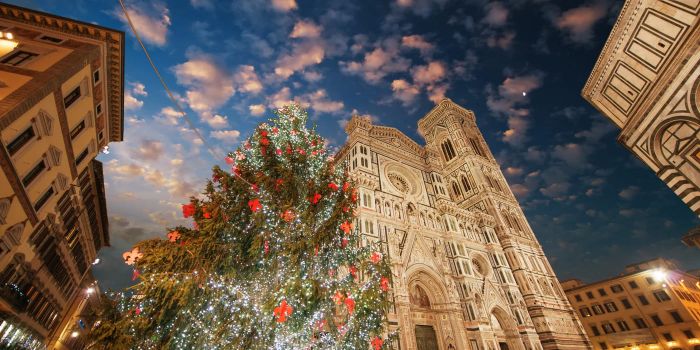

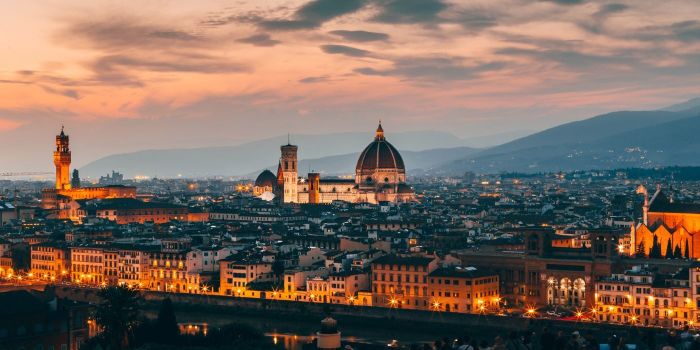
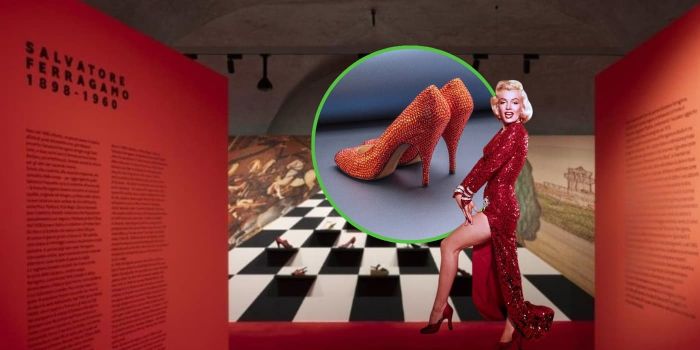

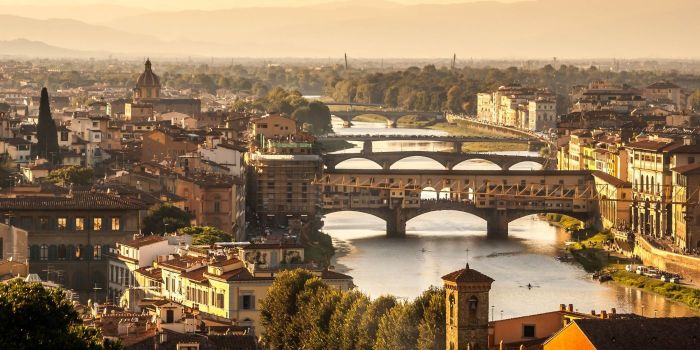
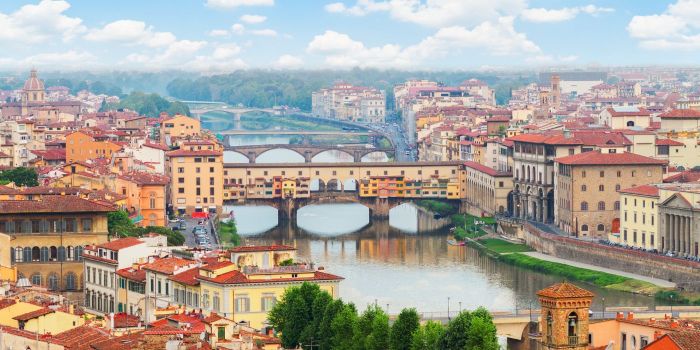

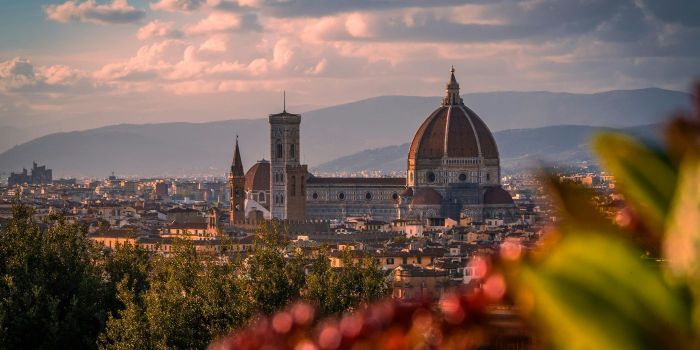








Rossella Friggione
From the masterpieces of the Palatina Gallery to the secrets of the Boboli Gardens: what to see at the Pitti Palace.